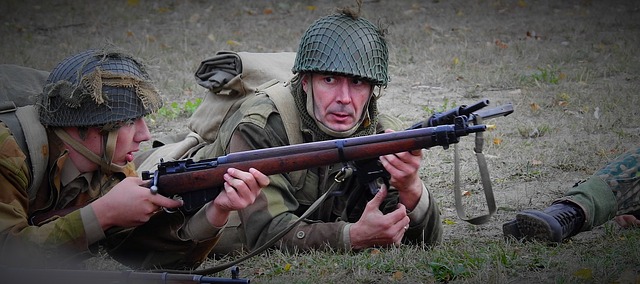“Conflict is inevitable but combat is optional” - Max Lucado
There is no way around it, conflict is inherent within the construction industry and any attempt to erase it is deemed to failure. Badly handled, conflict can be an expensive, time consuming, frustrating, morale-sapping waste of resources and energy. However, conflict can be successfully managed and there are ways to minimise it.
In January 2018 the Conflict Avoidance Pledge, or CAP, was created by a coalition of the leading bodies within the construction industry in an attempt to reduce the costs of conflict and help deliver major infrastructure and property development projects on time and on budget.
Nearly one hundred organisations have now signed up to the pledge, which contains five points of principle.
- We believe in collaborative working and the use of early intervention techniques throughout the supply chain, to try to resolve differences of opinion before they escalate into disputes.
- We recognise the importance in embedding conflict avoidance mechanisms into projects with the aim of identifying, controlling and managing potential conflict, whilst preventing the need for formal, adversarial dispute resolution procedures. We commit our resources to embedding these into our projects.
- We commit to working proactively to avoid conflict and to facilitate early resolution of potential disputes.
- We commit to developing our capability in the early identification of potential disputes and in the use of conflict avoidance measures. We will promote the value of collaborative working to prevent issues developing into disputes.
- We commit to work with our industry partners to identify, promote and utilise conflict avoidance mechanisms.
The Conflict Avoidance Coalition Steering Group has recently published its Conflict Avoidance Tool kit, or CAT. In the words of Colette “time spent with a cat is never wasted” so let us take a look at what the too kit contains.
The aims of the toolkit are to educate people working across the industry about how disputes develop, how early intervention works and what procedures can be used to resolve disputes, and to help reduce the damage that disputes can cause to finances, project delivery, brand reputations and commercial and personal relationships.
It does this by setting out 5 proactive steps that should be taken during the life of a construction project.
- STEP 1 Pre-contract preparation. “Thorough preparation of project documentation, and appropriate risk allocation, is the first step in conflict avoidance”.
Having a clear, properly drafted, appropriate, easy to understand contract which contains workable dispute resolution procedures and viable compensation event procedures is vital.
The key features of the contract should be clarity, applicability, an early warning system, good management and a viable compensation event procedure
- STEP 2 Dispute avoidance. “Parties can utilise avoidance or early warning systems which identify potential conflict and prevent disputes from occurring”.
The tool kit is not prescriptive about the procedures that should be adopted but they should be forward-looking and aimed at avoiding confrontation. The key features are early engagement, reduced risk, flexibility, prevention and cooperation.
- STEP 3 Early intervention “parties can adopt a procedure that fixes problems early and enables them to retain control of decisions and outcomes”
There are a number of early intervention mechanisms which the parties can use to facilitate early review and ideally achieve a resolution of disputed issues.
What is important is that an effective mechanism is in place suitable for the parties and the project.
The key features of early intervention are early engagement, the parties retain control, flexibility, cost effectiveness and agreed outcomes.
- STEP 4 Amicable resolution “Parties can opt for mediative method to help them to resolve their dispute that is private and not adversarial”
The toolkit recommends mediation as a method of settling disputes.
Mediation can be an extraordinarily successful way of resolving disputes and I’m a huge fan of it, even if settlement is not achieved it will often narrow issues and create opportunities for further settlement discussions. The key features are clarity, expertise, privacy, speed and finality.
- STEP 5 Dispute resolution “Parties can opt for final and binding determination of their disputes that is quicker, cheaper and more private than the courts”
The tool kit discusses alternatives to litigation such as arbitration, adjudication and expert determination. Construction lawyers don’t like expert determination because appealing or overturning the decision of an expert can be extremely difficult even if the expert makes a mistake. However, it certainly will bring finality to matters.
The key features are finality, expertise, privacy, speed and choice.
The tool kit is a really interesting contribution to efforts to manage conflict within the construction industry and its step by step approach, emphasising positive actions that can be taken, is refreshing. I would urge you to read the tool kit and to incorporate its principles into development projects. Here is a link: https://www.rics.org/uk/products/dispute-resolution-service/conflict-avoidance-pledge/
“All war is symptom of man’s failure as a thinking animal” - John Steinbeck
